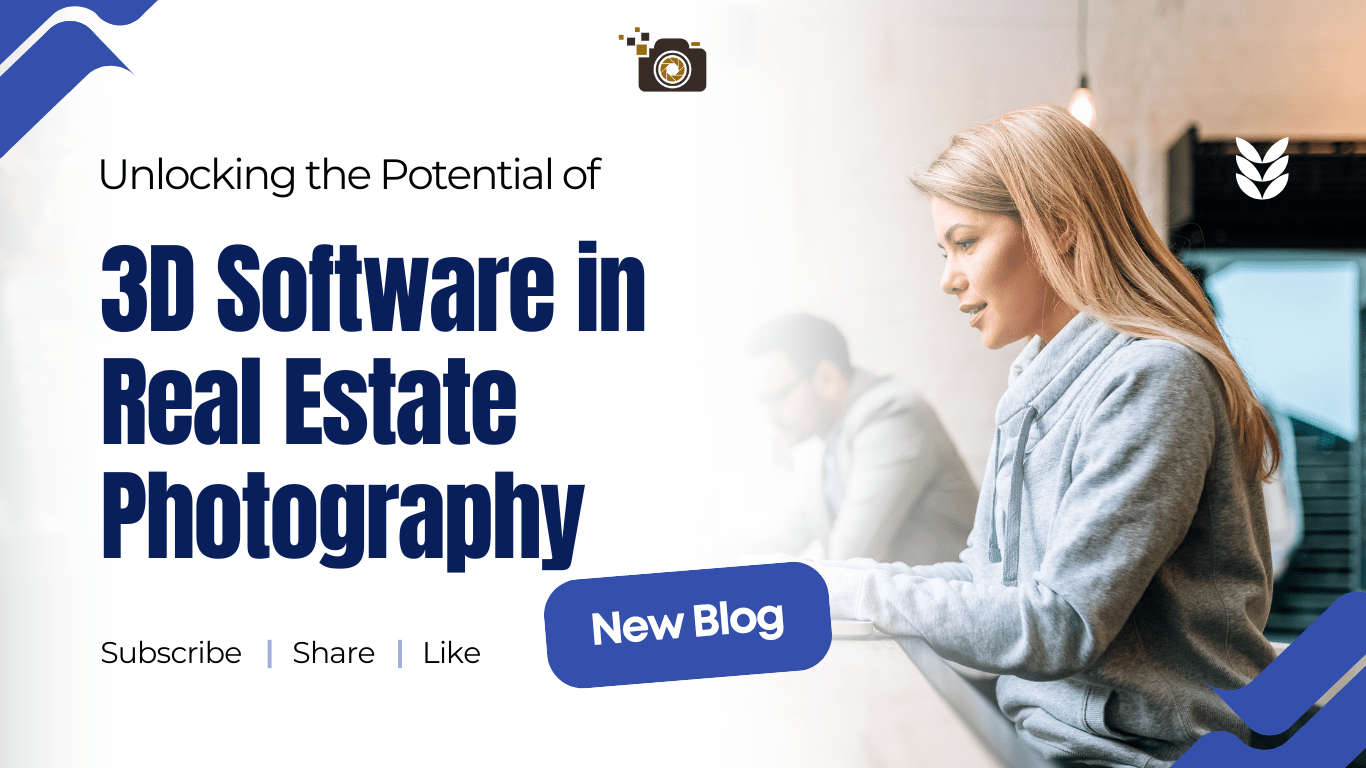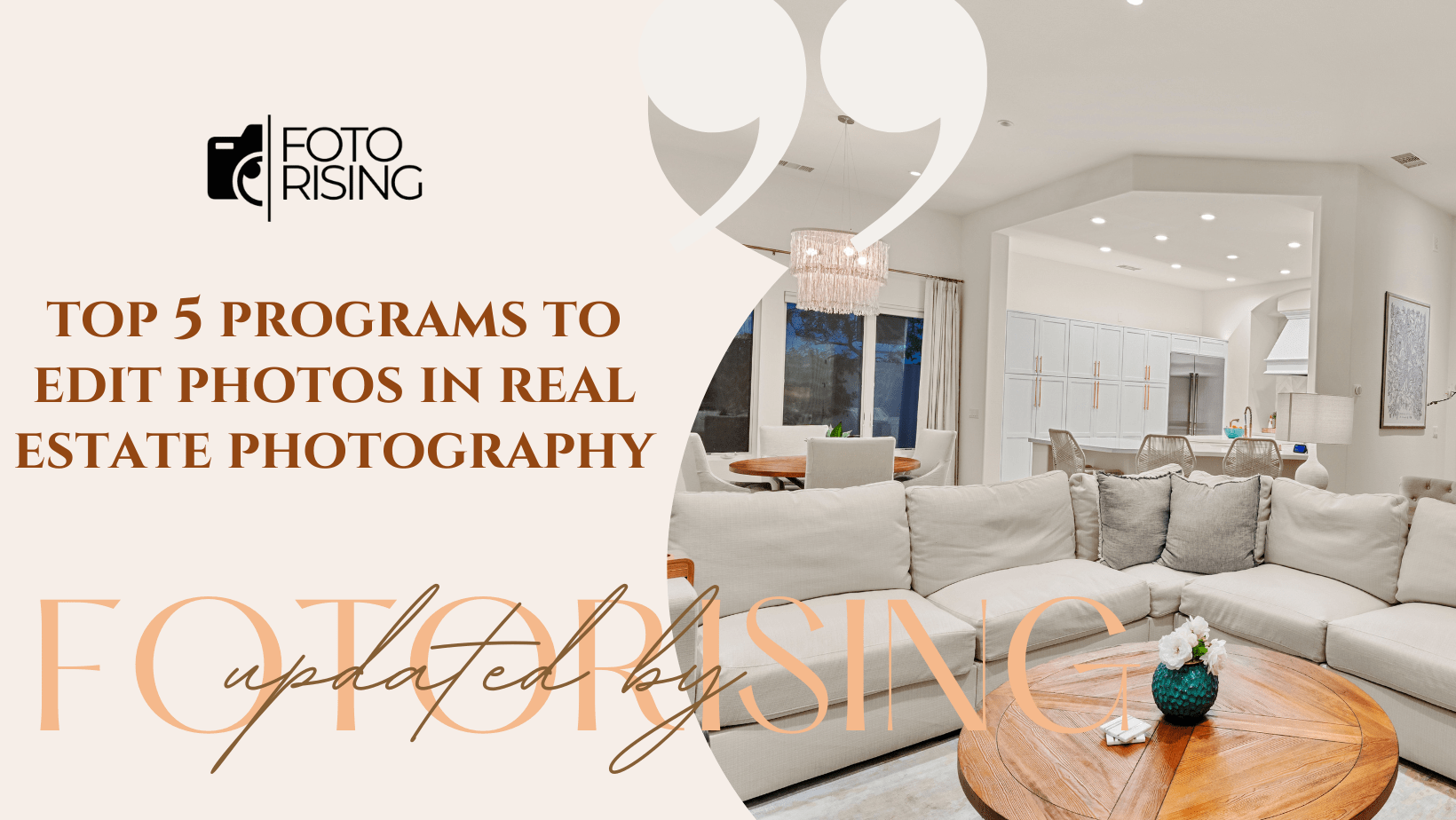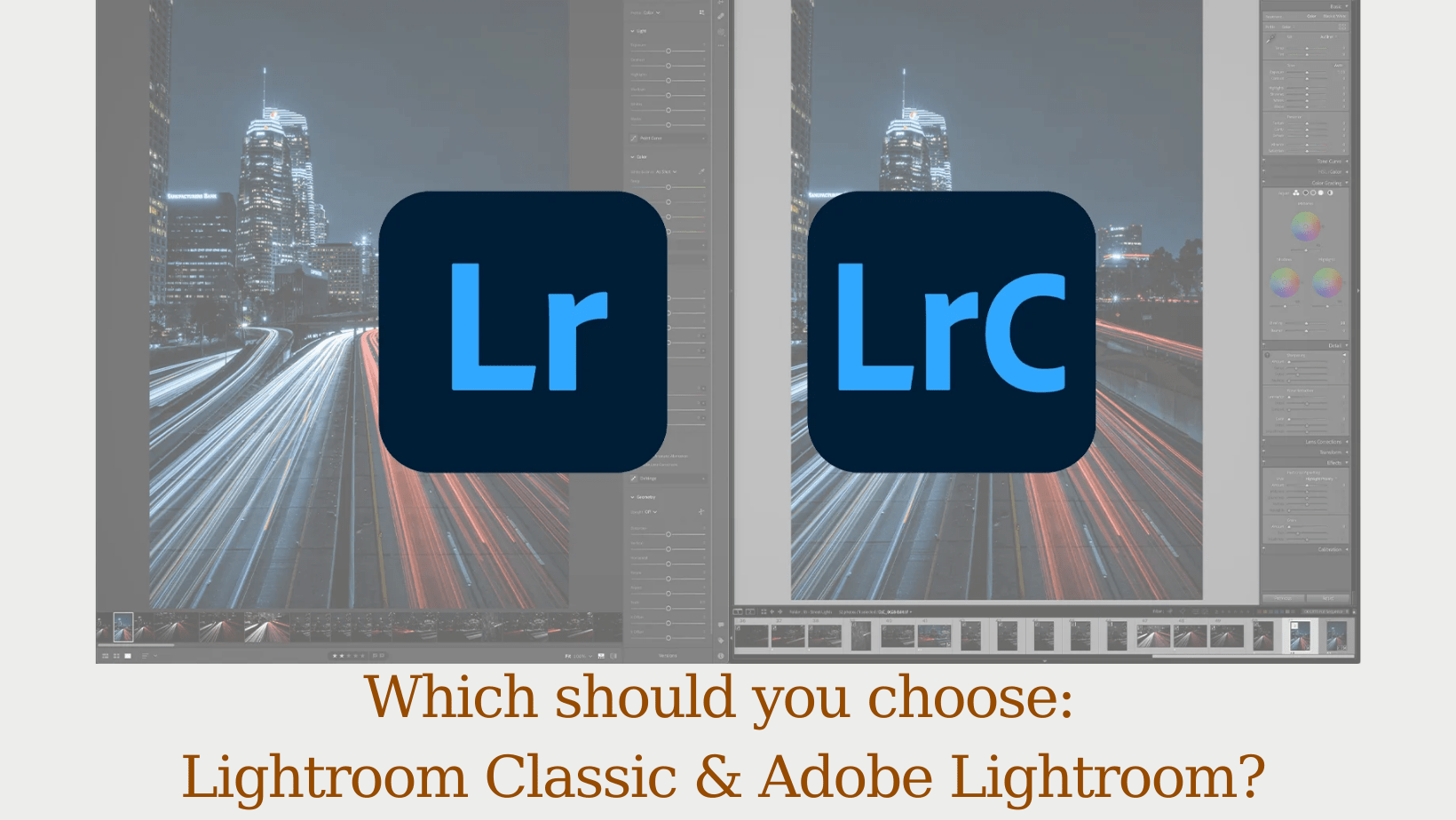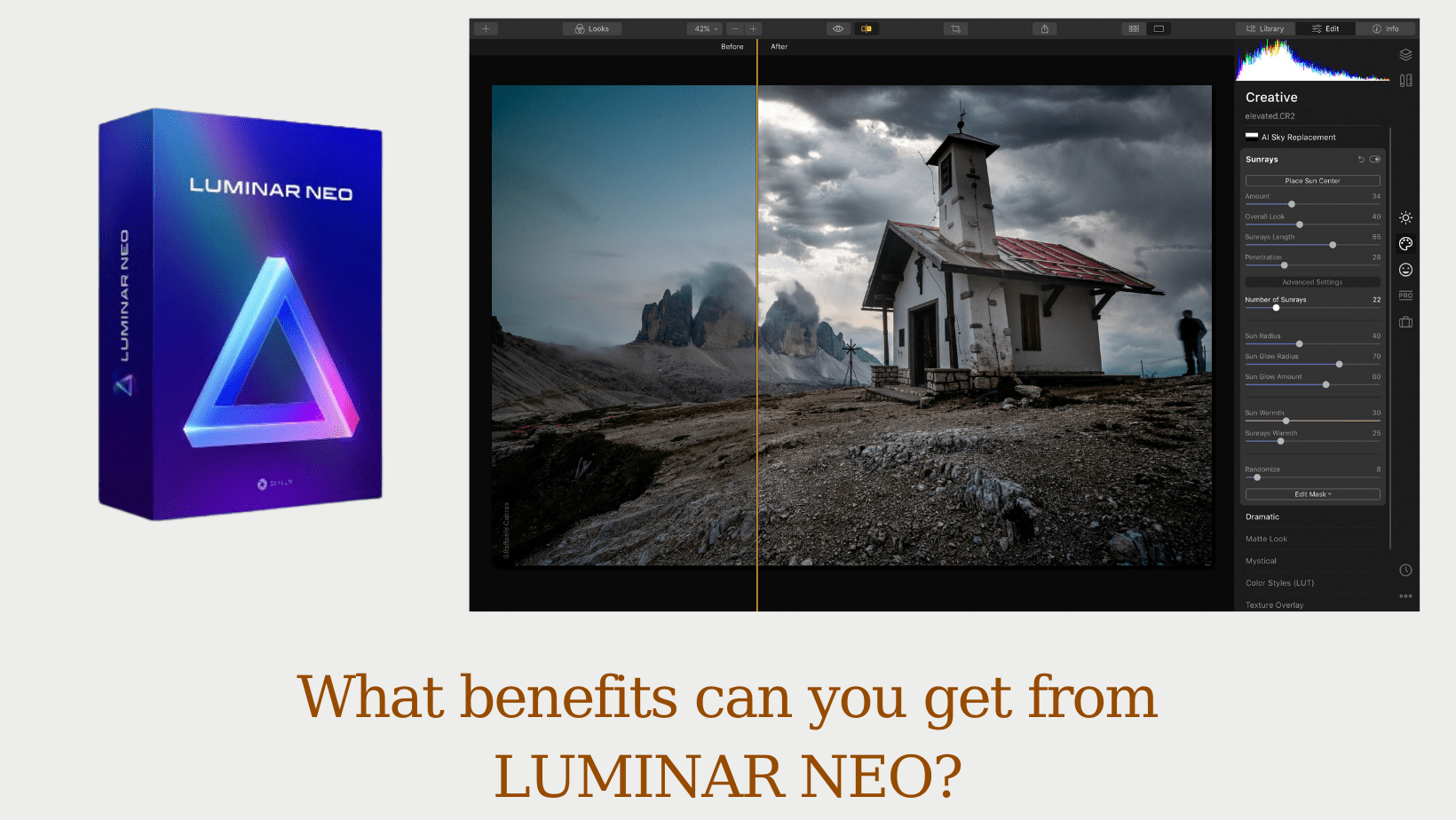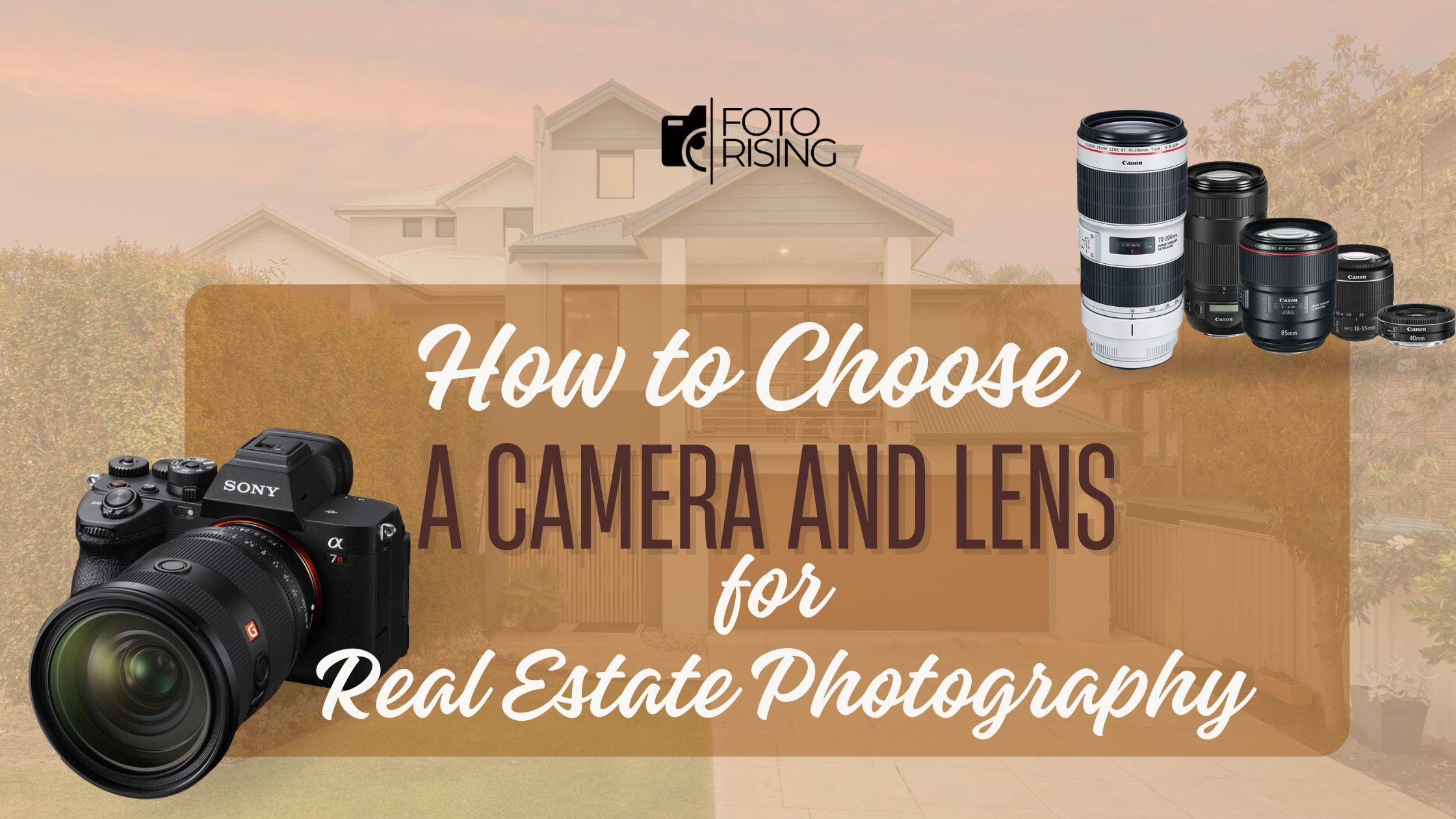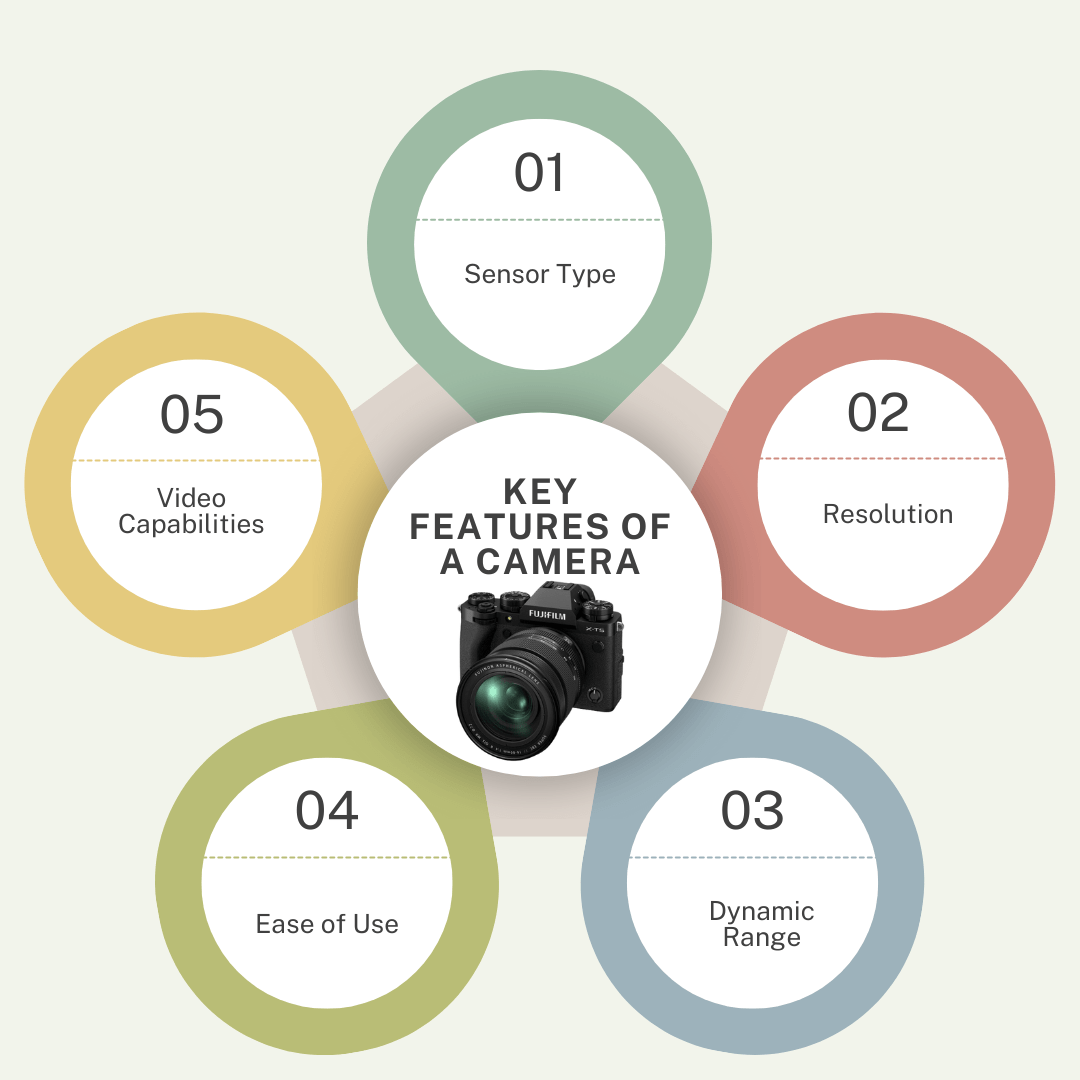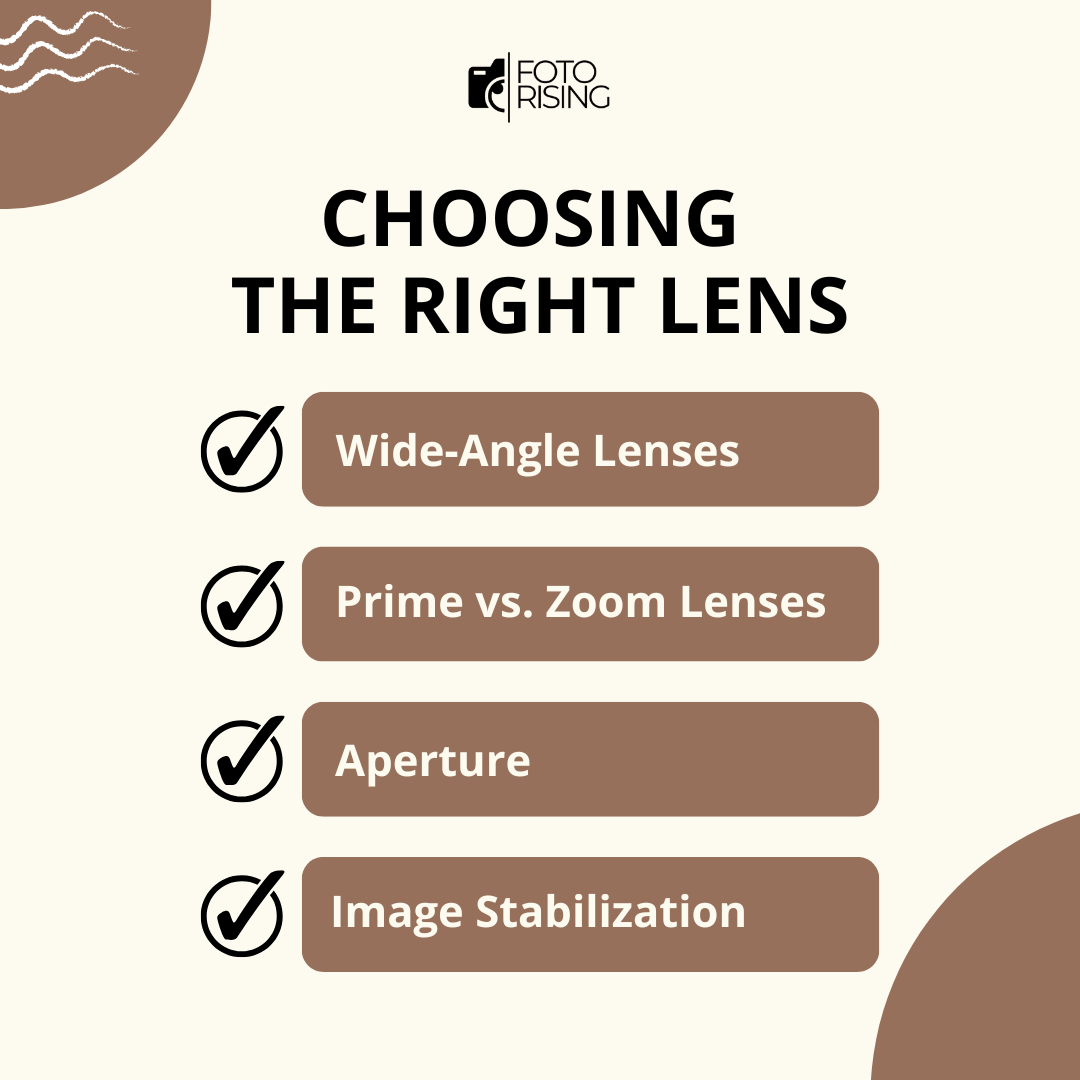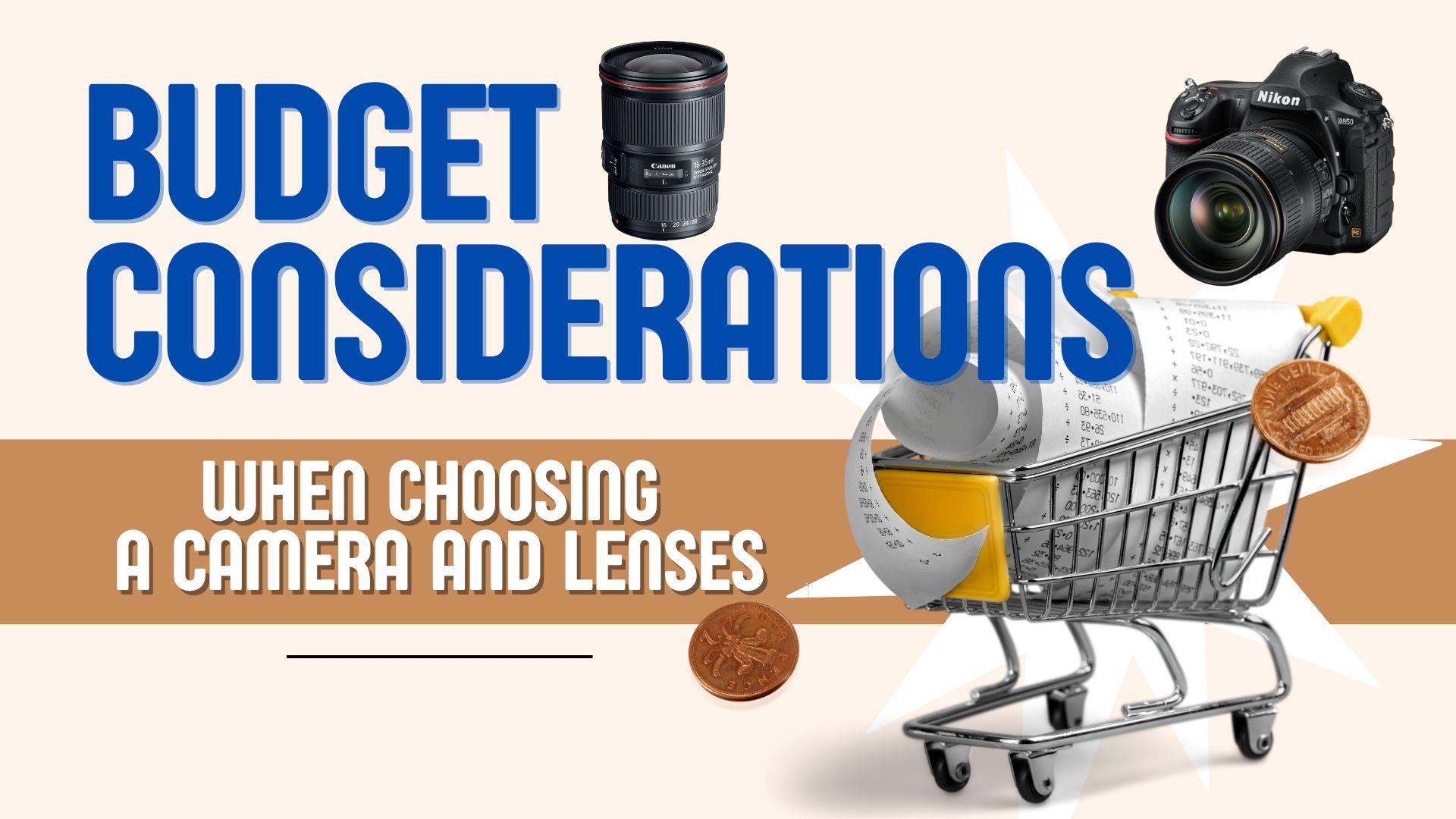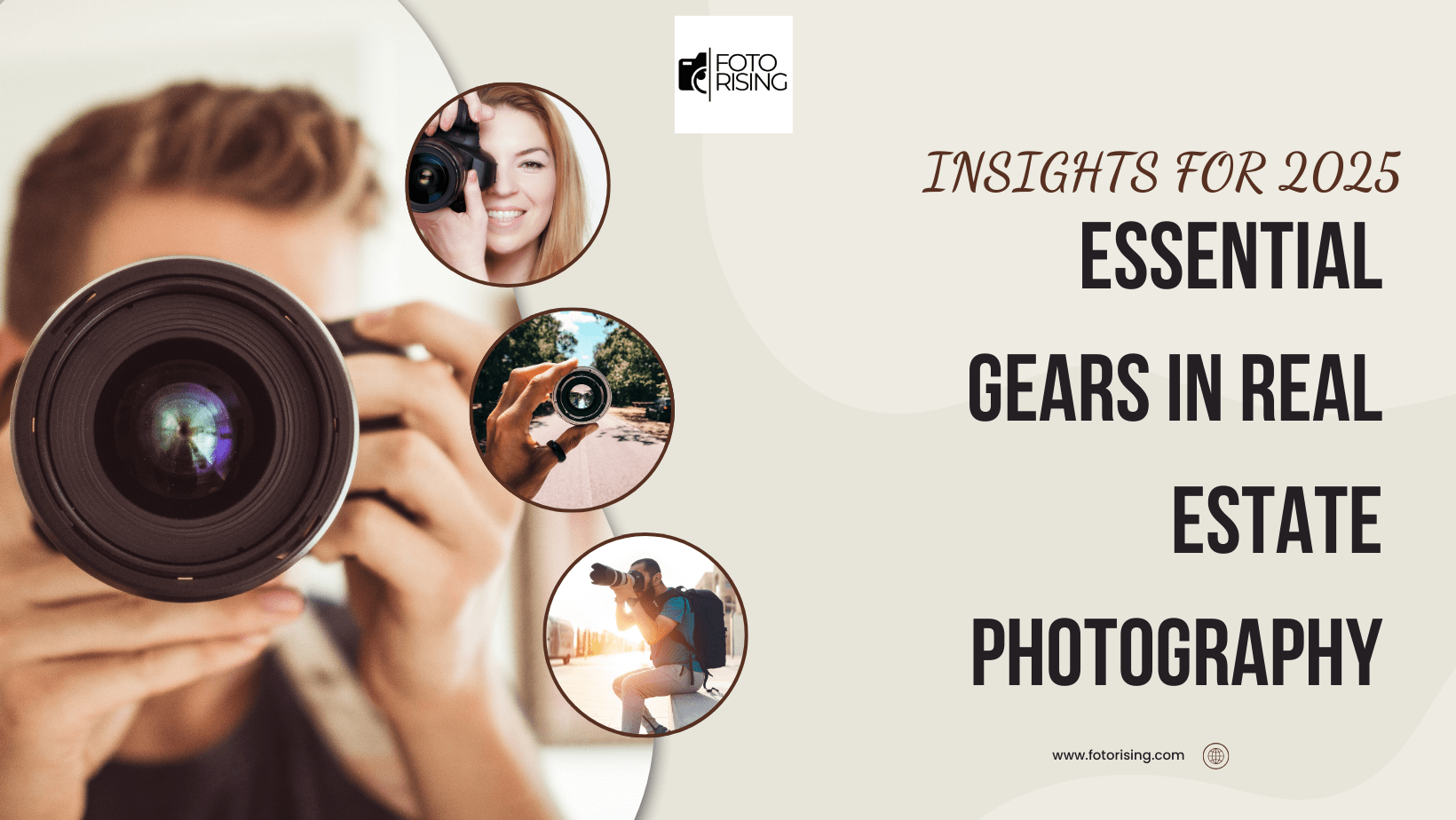The real estate industry is undergoing a remarkable transformation with the integration of cutting-edge technologies. Among these, 3D software in real estate photography stands out as a game changer.
This blog delves into the advantages, applications, and latest trends in 3D software for real estate photography.
What Is 3D Software in Real Estate Photography?
3D software allows professionals to create realistic and immersive visual representations of real estate properties. These tools enable photographers and designers to produce images that showcase a property’s full potential. Unlike traditional photography, 3D software adds depth, dimension, and interactivity.
The primary aim is to offer potential buyers or renters a complete understanding of the space. This enhances decision-making and boosts engagement with property listings.
Benefits of 3D Software in Real Estate
- Enhanced Visual Appeal
3D software creates visually stunning images that attract more potential buyers. Vibrant colors, precise textures, and accurate dimensions make properties stand out. - Cost Efficiency
3D rendering eliminates the need for extensive physical staging. This reduces expenses for real estate agents and property owners. - Time-Saving
Virtual tours and 3D floor plans reduce the time spent on in-person property visits. Buyers can explore homes online anytime. - Improved Marketing Reach
Listings with 3D visuals receive higher engagement compared to standard photos. They are easily shareable on social media platforms. - Customization and Versatility
Real estate professionals can customize images and layouts to suit different target audiences. This adds a personal touch to marketing campaigns.
Popular 3D Software for Real Estate Photography
Here is a look at some widely used 3D tools for real estate photography:
- Matterport
Matterport is a leading name in creating interactive 3D models and virtual tours. It offers accurate measurements and seamless integrations. - SketchUp
Known for its user-friendly interface, SketchUp helps create detailed floor plans and 3D renderings. - Autodesk Revit
This tool is ideal for architectural designs, offering detailed 3D models for complex properties. - Blender
Blender is a free and open-source software suitable for creating high-quality 3D visualizations. - V-Ray
V-Ray enhances 3D images with realistic lighting, shadows, and textures. It integrates well with other 3D software.
Latest Trends in 3D Software for Real Estate
- AI Integration
Artificial Intelligence (AI) is revolutionizing 3D software. AI tools can automatically generate floor plans and identify design flaws. - Virtual Reality (VR) Compatibility
Many 3D tools now support VR headsets. This feature allows clients to virtually walk through a property. - Cloud-Based Solutions
Cloud-based 3D software enables real-time collaboration between designers and clients. This accelerates project timelines. - Interactive Features
Features like clickable hotspots and embedded videos enhance the interactivity of 3D property tours. - Green Building Designs
Sustainability-focused tools allow users to simulate energy-efficient designs in their 3D models.
How to Incorporate 3D Software in Real Estate Marketing
To make the most of 3D software, follow these steps:
- Select the Right Software
Choose a tool that matches your needs and expertise. For beginners, opt for user-friendly platforms like SketchUp. - Highlight Key Features
Use 3D images to emphasize unique property aspects like spacious layouts or modern designs. - Leverage Social Media
Share 3D visualizations on platforms like Instagram and Facebook to maximize audience engagement. - Offer Virtual Tours
Provide potential buyers with virtual tours to increase their interest in the property. - Collaborate with Professionals
Work with experienced 3D designers to achieve high-quality visuals that resonate with your target audience.
Why 3D Software Is Essential in 2025
As of 2025, the demand for 3D software in real estate is skyrocketing. According to a recent survey, real estate listings with 3D visuals receive 40% more inquiries compared to those without. Buyers are increasingly seeking detailed and interactive property information online.
Moreover, the rise of remote property transactions has made 3D software indispensable. Potential buyers from distant locations can explore properties without traveling. This trend is reshaping the global real estate market.
Conclusion
The integration of 3D software in real estate photography is no longer optional—it’s essential. From enhancing visual appeal to improving marketing reach, the benefits are undeniable. By adopting the latest tools and trends, real estate professionals can stay ahead of the competition.
If you’re looking to transform your real estate listings, now is the time to invest in 3D software. It’s a step toward making property marketing more innovative, efficient, and impactful.
Read more:
Best Cameras for Real Estate Photography in 2024: A Buyer’s Guide

